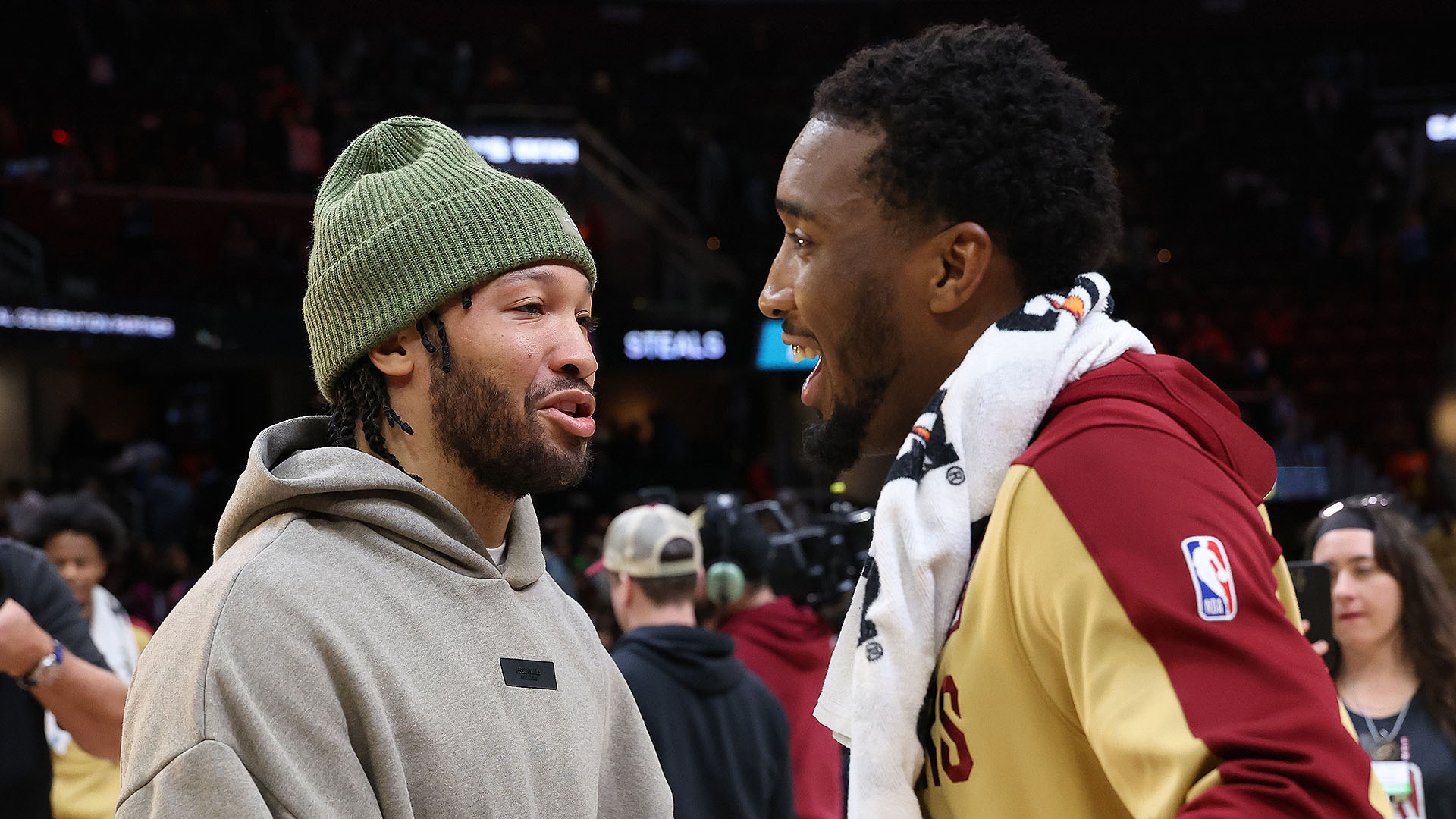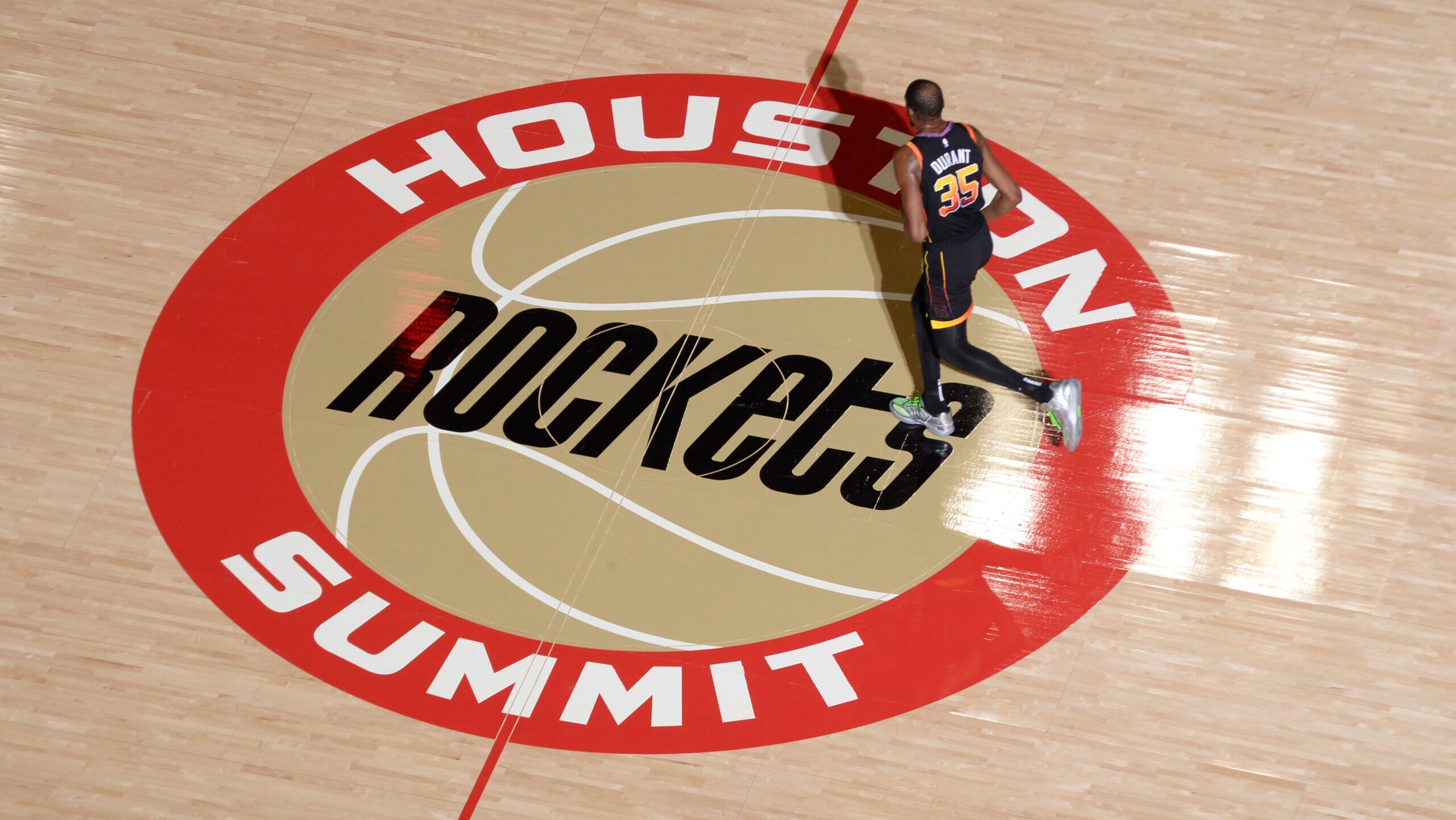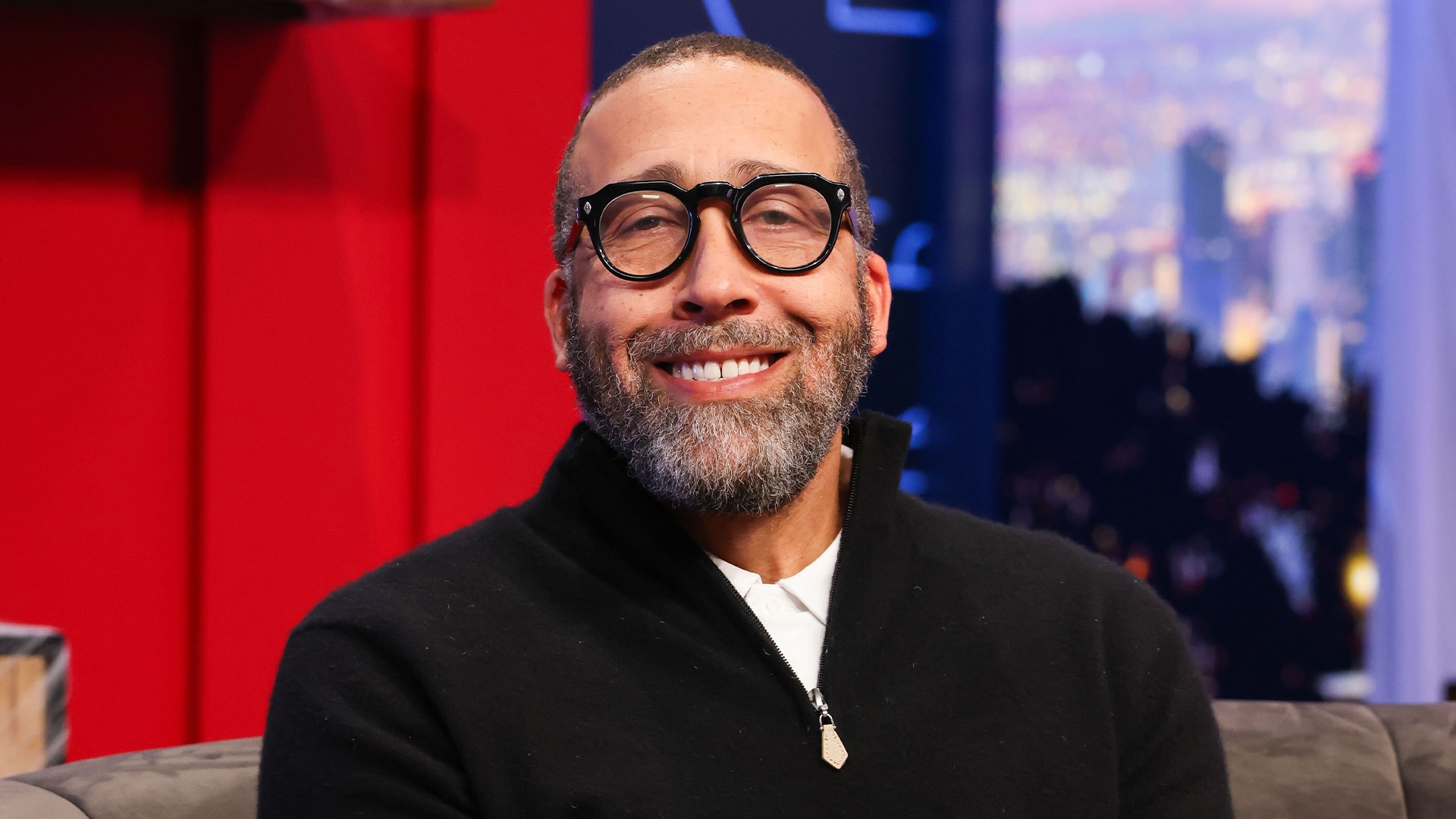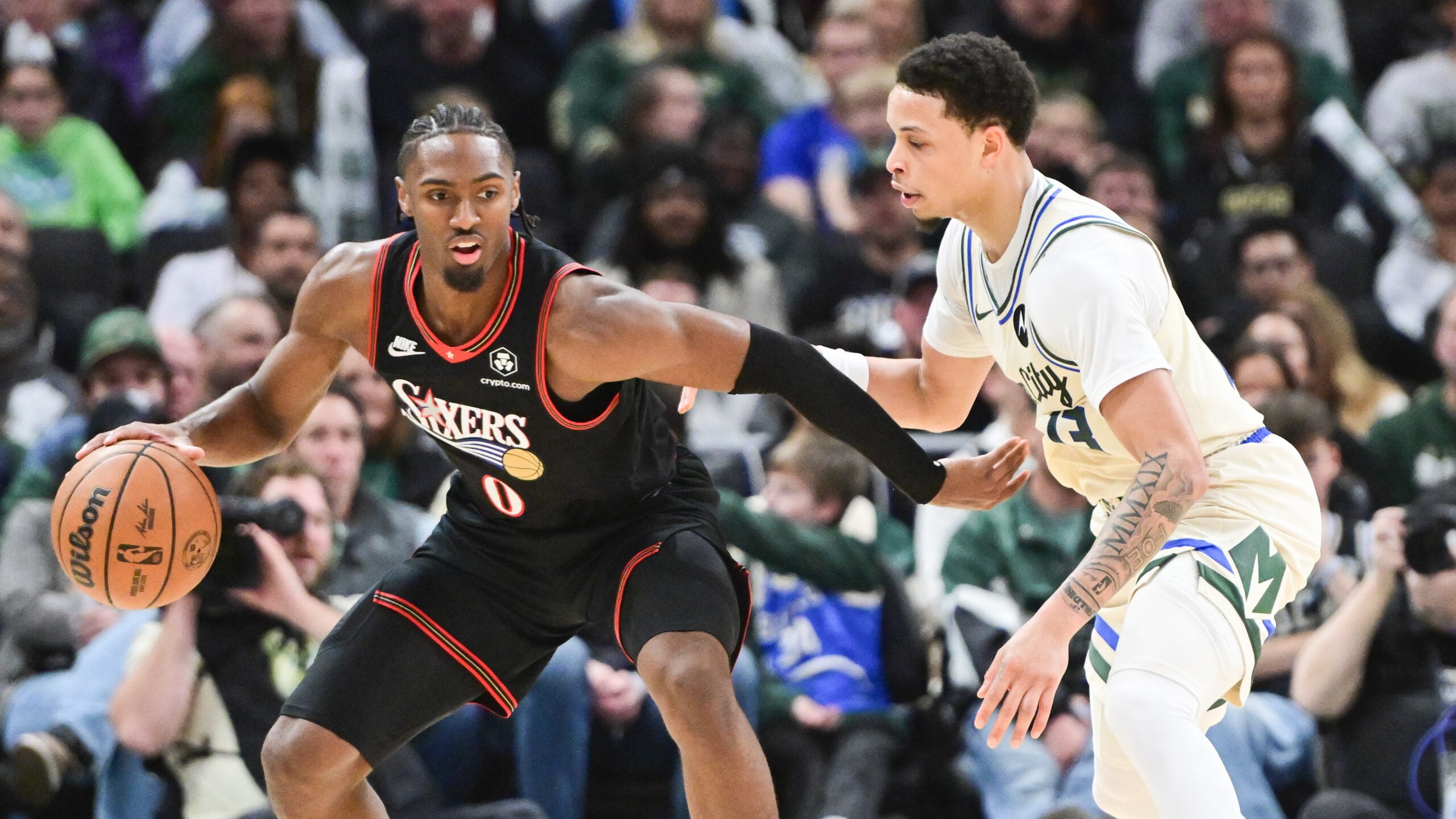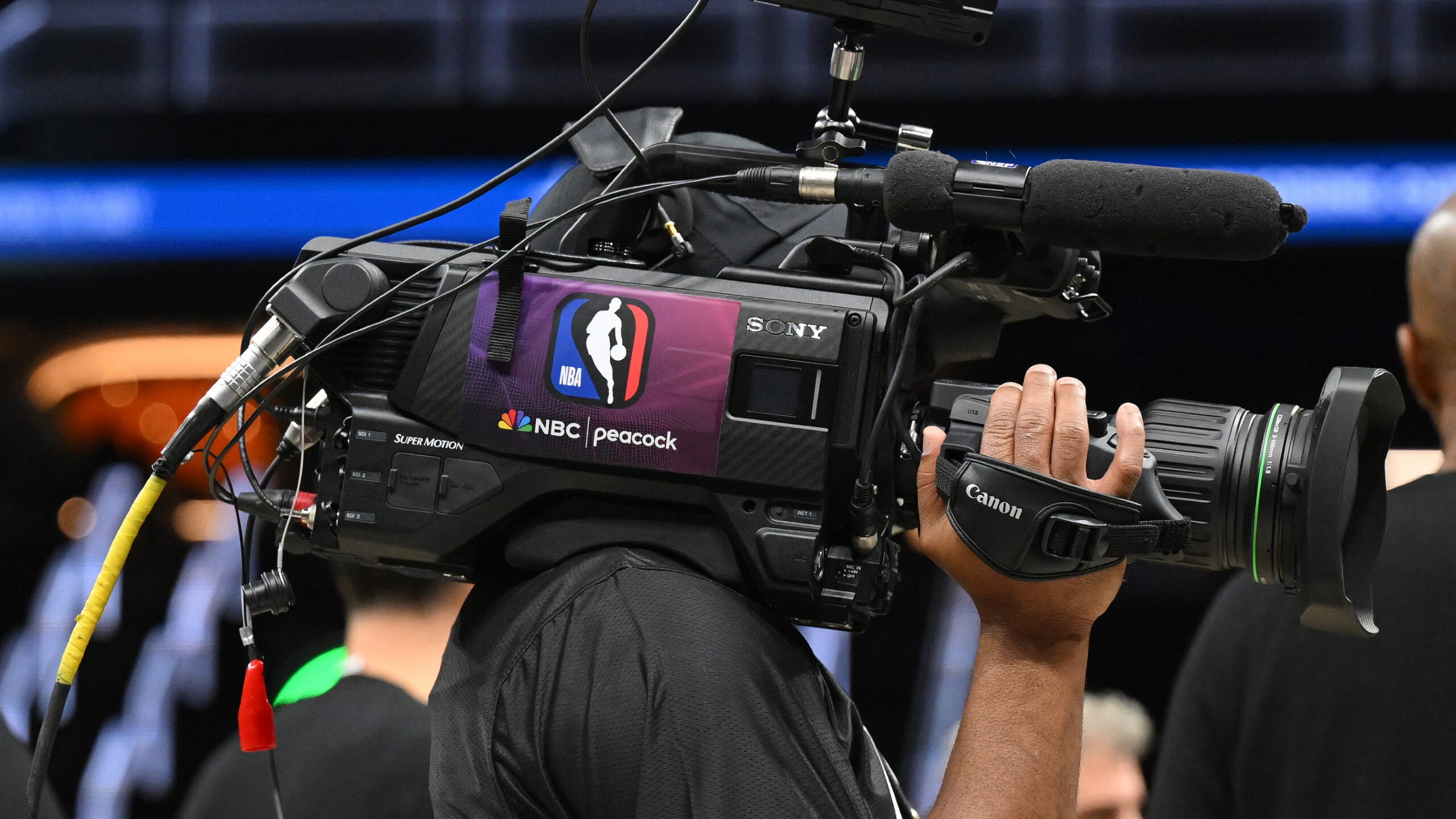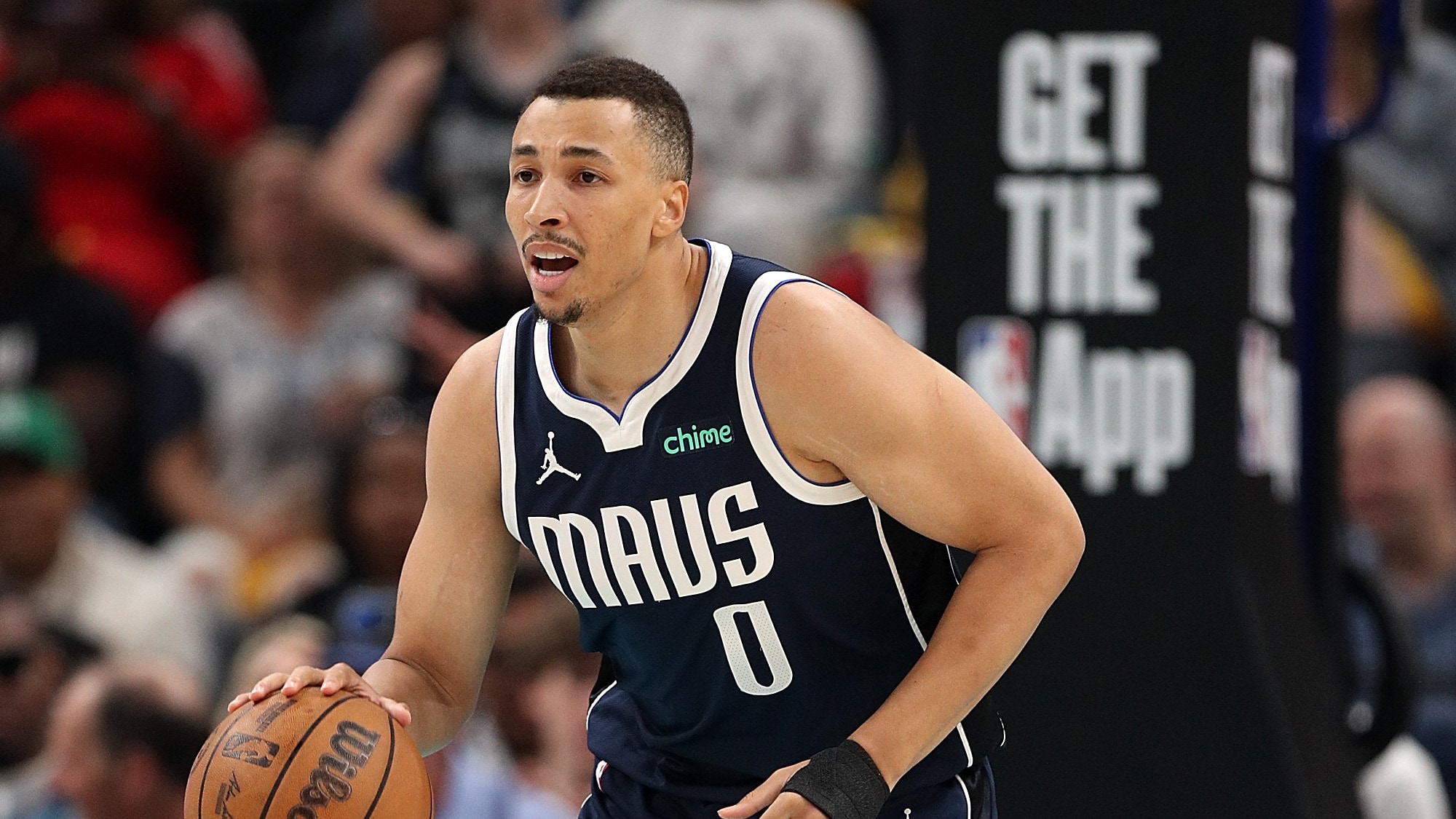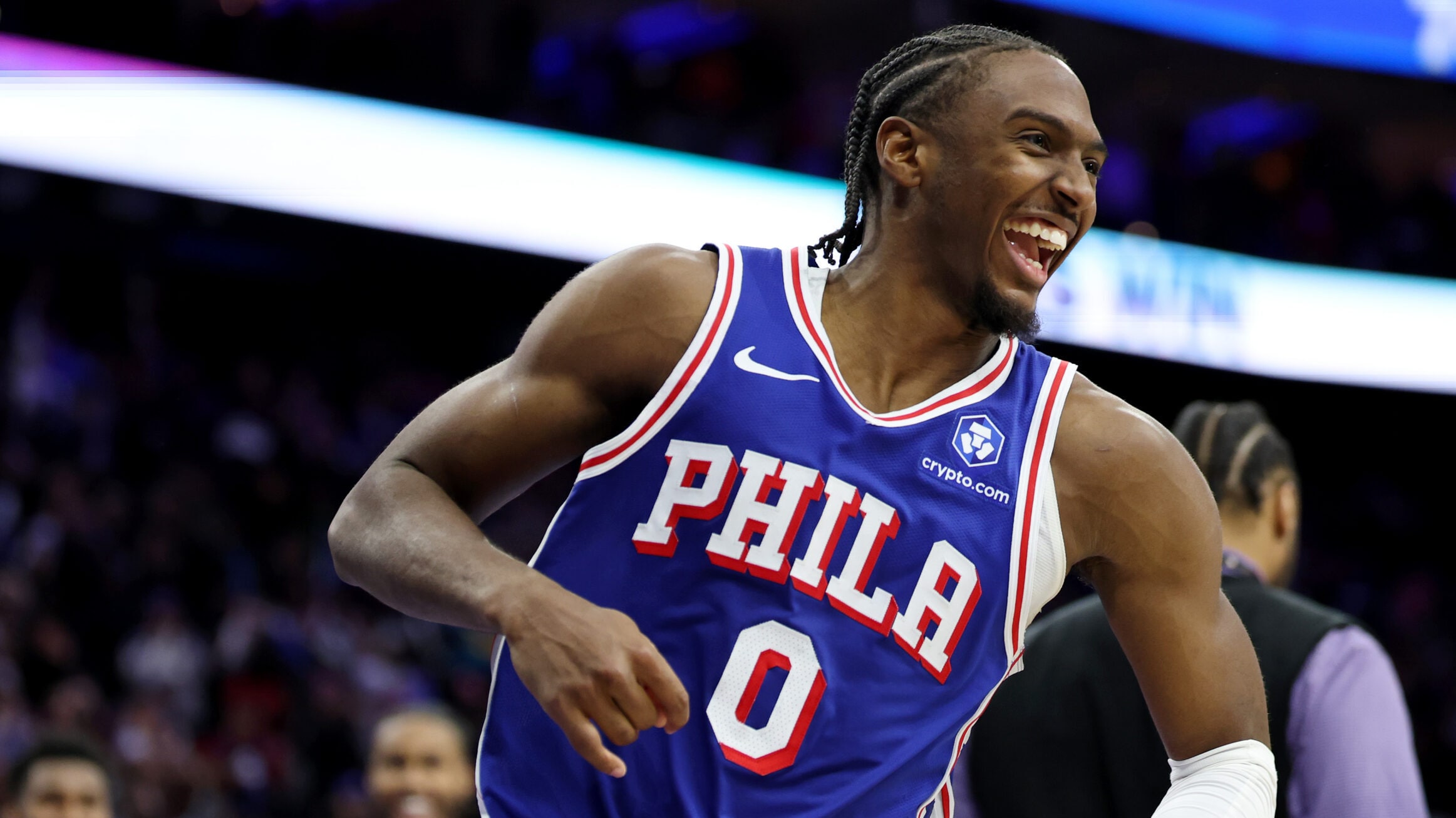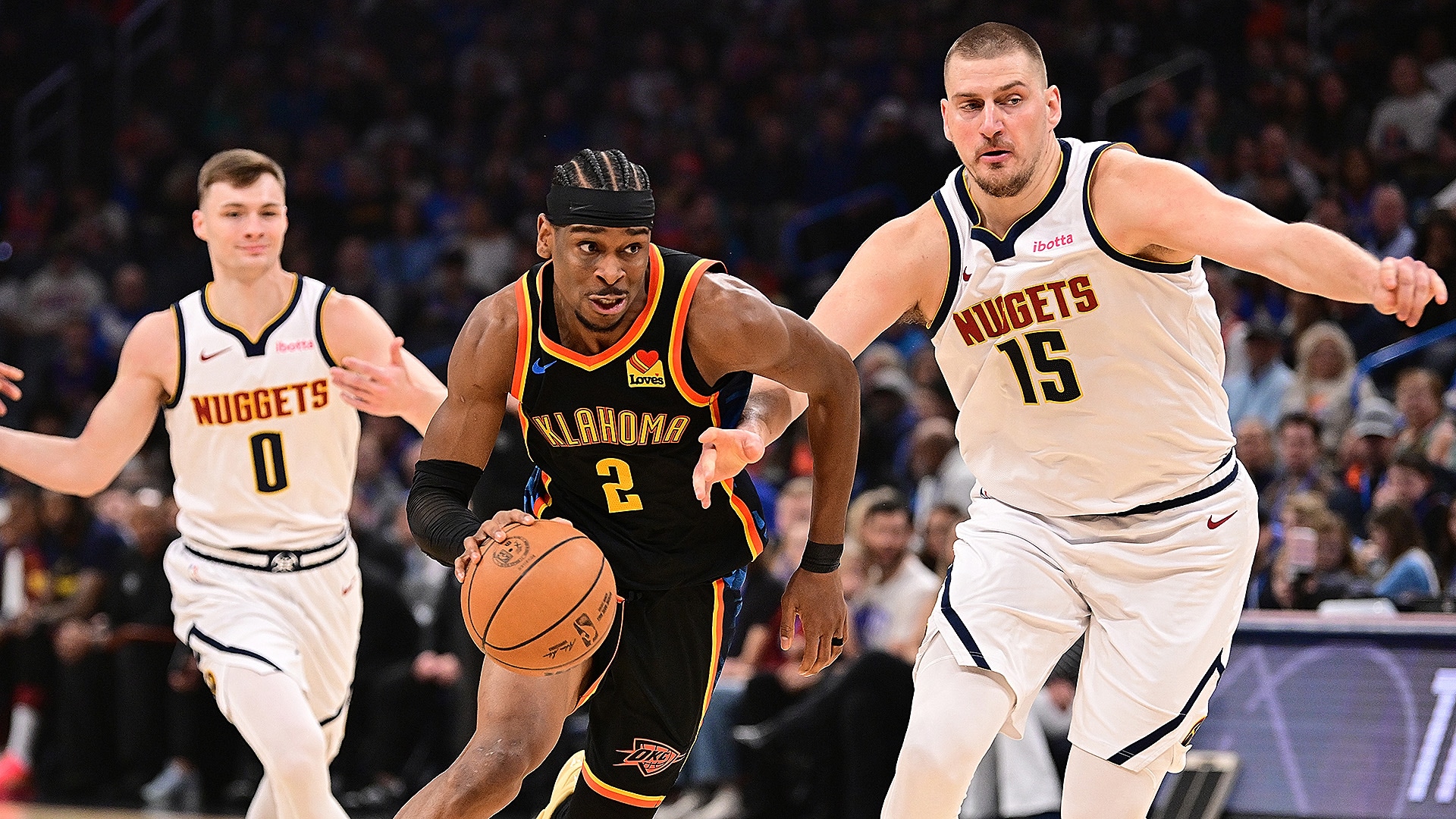
The Nuggets and Thunder look like the early favorites to be the class of the West in 2025-26.
• Download the NBA App
• 2025 Free Agent Tracker
• Every reported deal for all 30 teams
The Western Conference wasn’t quite as deep as we thought it might be at the start of last season, but it still won 55% of its games against the East, its third-best mark in the last 10 years. The West was clearly the better conference.
The Oklahoma City Thunder won the West by 16 games before winning their first title as the youngest champions in the last 48 years.
Was that the start of a dynasty? The Thunder are surely the favorites to win again in 2025-26, but their run through the playoffs wasn’t nearly as dominant as their regular season, and the West seems to have gotten better this summer. The second-place Houston Rockets added Kevin Durant, the third-place Los Angeles Lakers will have (a slimmer) Luka Dončić for a full season, and the Denver Nuggets (the team that took the Thunder to seven games) also made some upgrades.
There are still some offseason moves to be made, especially in San Francisco. But the time is now to take stock of the Western Conference, ranking all 15 teams as they stand, with the usual notes and numbers.
For these offseason rankings, we’re looking at each conference separately, with the Eastern Conference rankings available as well. All stats refer to the 2024-25 regular season unless otherwise noted. Last week’s rank is based on how teams finished in the playoffs, Play-In and regular season.
Previously…
- This time last year: Offseason Power Rankings: Thunder, Nuggets earn top spots in deep West
- The archive: NBA.com Power Rankings
OffRtg: Points scored per 100 possessions (League Rank)
DefRtg: Points allowed per 100 possessions (League Rank)
NetRtg: Point differential per 100 possessions (League Rank)
Pace: Possessions per 48 minutes (League Rank)
The league averaged 113.7 points scored per 100 possessions and 99.6 possessions (per team) per 48 minutes last season.
NBA.com’s Power Rankings, released every Monday during the season, are just one man’s opinion. If you have an issue with the rankings, or have a question or comment for John Schuhmann, send him an e-mail or contact him via threads.
















